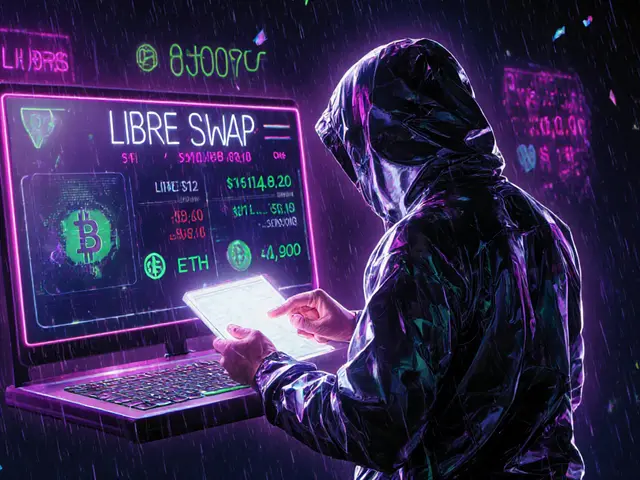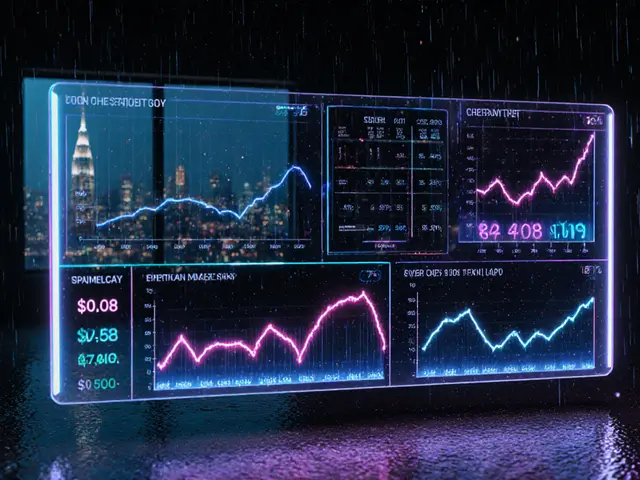Crypto Portfolio: How to Build, Track, and Protect Your Digital Assets
When you hold crypto portfolio, a collection of digital assets like Bitcoin, Ethereum, and tokenized stocks managed across wallets and exchanges. Also known as digital asset portfolio, it’s not just about buying coins—it’s about organizing them so you know what you own, where it’s stored, and how taxes or regulations affect you. Most people think their crypto portfolio is just what’s on their exchange balance, but that’s only part of the picture. Your real portfolio includes tokens in your MetaMask, staked assets on DeFi platforms, tokenized stocks like DHRX, and even abandoned tokens like EZY that still sit in your wallet. If you don’t track all of it, you’re flying blind—especially when tax season hits.
A strong crypto wallet, a secure digital key system that gives you control over your private keys and assets. Also known as self-custody wallet, it’s the foundation of any real crypto portfolio. Exchanges like BityPreço or Libre Swap might let you trade, but they don’t own your keys. If they get hacked, shut down, or banned—like in Bangladesh or Turkey—you lose access. That’s why smart investors spread holdings across cold wallets, hardware devices, and verified DeFi protocols. And if you’re holding tokenized stocks or new Layer 1 chains like CORE, you need to understand how they’re backed. Is DHRX really tied to Danaher’s actual shares? Or is it just a risky synthetic version? Your portfolio’s value depends on knowing the difference.
Then there’s crypto taxation, the legal requirement to report gains, losses, and income from crypto activities to tax authorities. Also known as crypto capital gains tax, it’s what turns a simple portfolio into a compliance nightmare if ignored. Pakistan’s 15% tax, Germany’s strict custody rules, and the UK’s VASP registration aren’t just headlines—they directly impact how you structure your holdings. If you’re holding VLX, TIGERMOON, or ANK tokens, you still owe taxes on them—even if they’re worthless. Authorities use blockchain forensics, tools that trace crypto transactions to identify users and detect illegal activity. Also known as crypto tracing, it’s how regulators catch people trying to hide assets. You can’t just delete your wallet and pretend it never happened.
What you’ll find here isn’t fluff. It’s real-world breakdowns of scams like Apple Network, tax traps in Iran and Syria, and why that "free airdrop" might be a wallet-draining trap. You’ll see how people in Bangladesh use VPNs to access exchanges, how smart contract audits protect your DeFi investments, and why a portfolio without security is just a target. This isn’t about guessing. It’s about knowing what’s real, what’s risky, and what you actually own.




